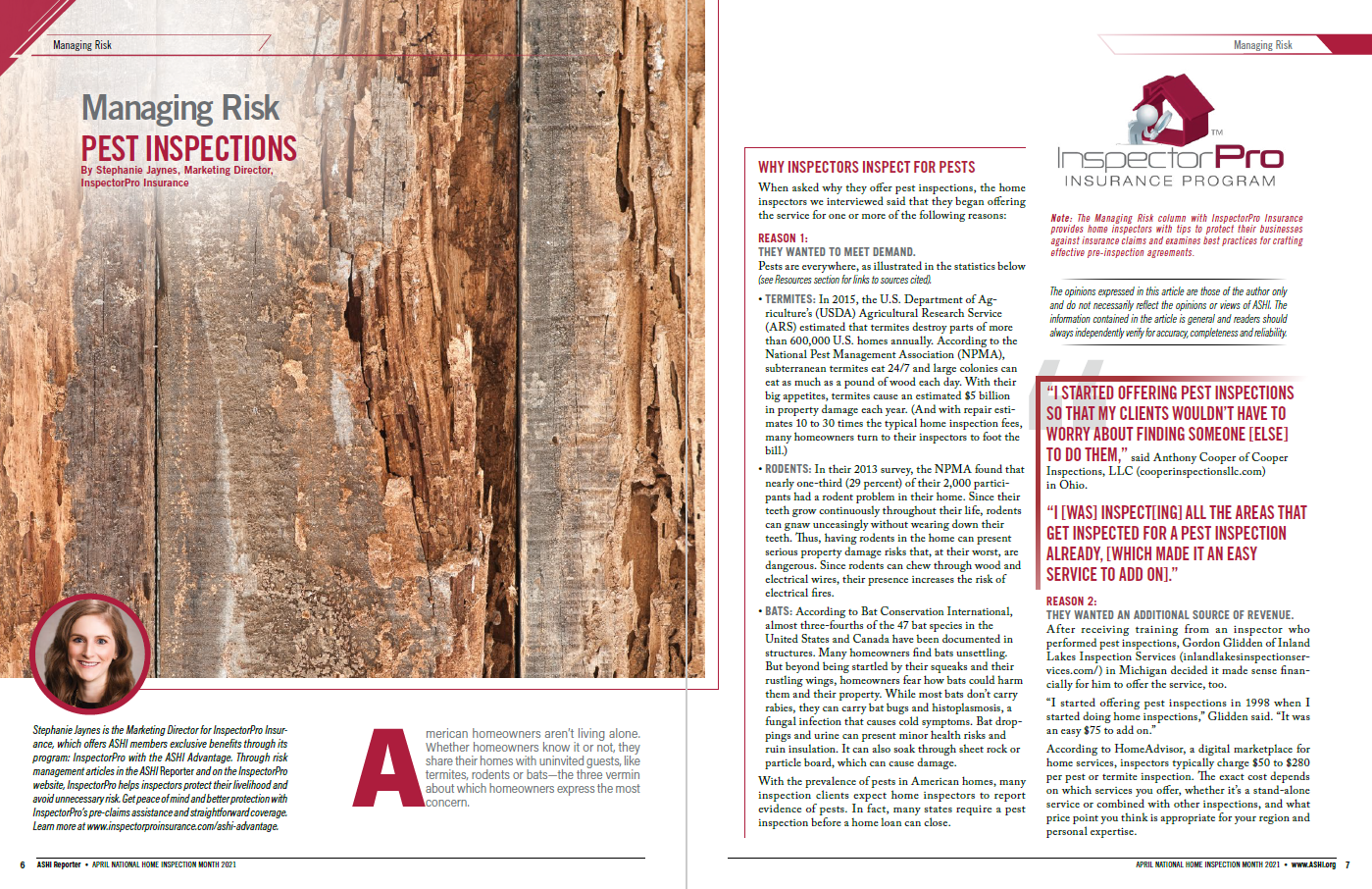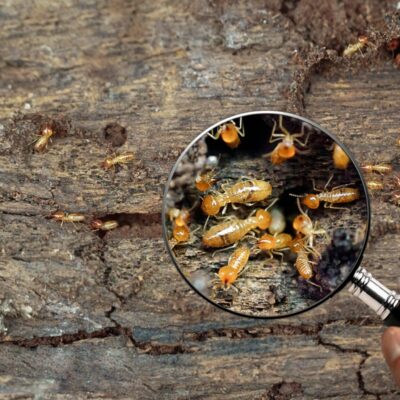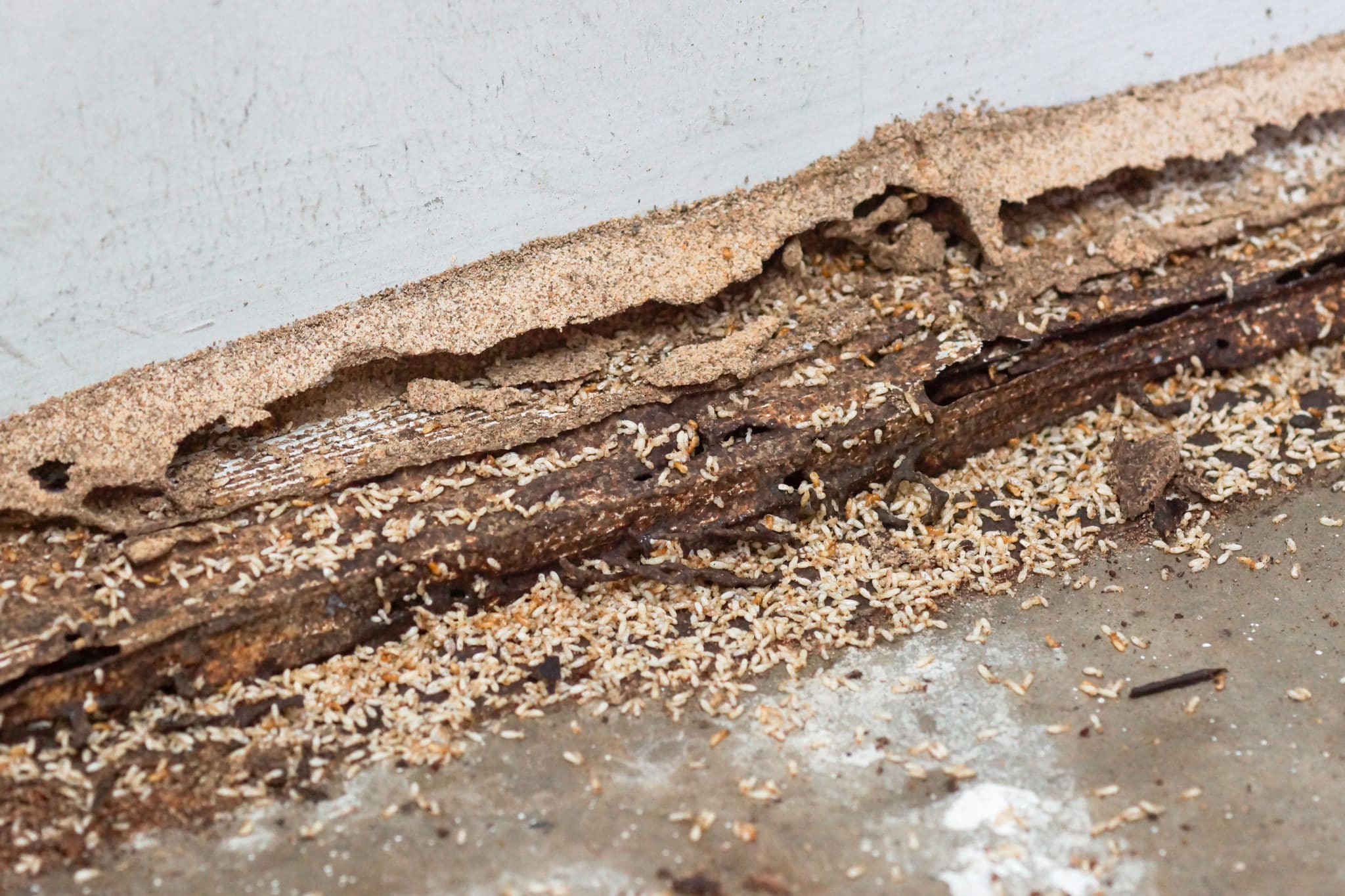Pest Inspections: An additional revenue source for your business
Last Updated January 19, 2024
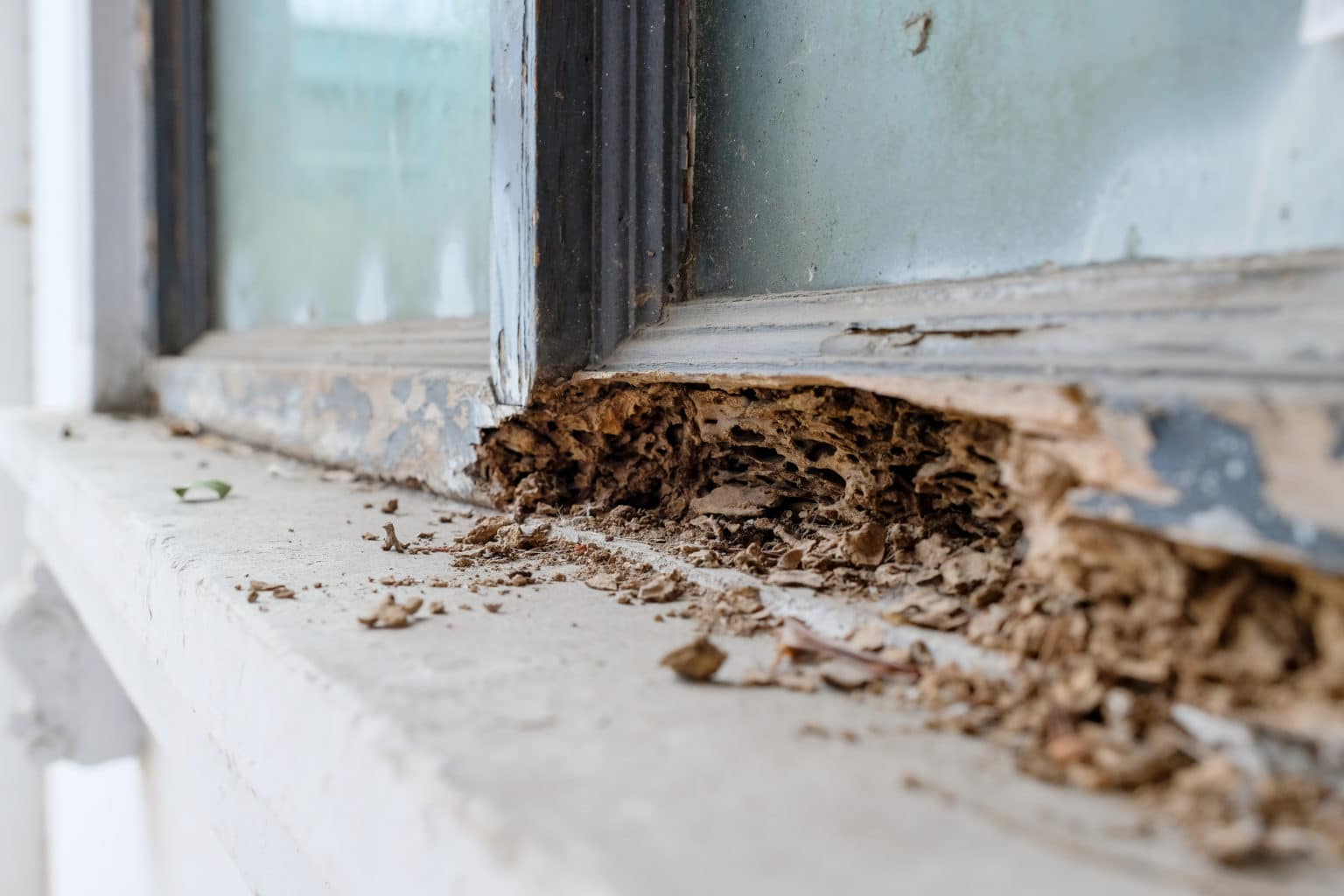
American homeowners aren’t living alone. Whether homeowners know it or not, they share their homes with uninvited guests, like termites, rodents, or bats—the three vermin about which homeowners express the most concern. That’s where pest inspections come in.
Why inspectors inspect for pests.
When asked why they offer pest inspections, the home inspectors we interviewed said that they began offering the service for one or more of the following reasons:
1. They wanted to meet demand.
Pests are everywhere, as illustrated in the statistics below.
-
Termites:
In 2015, the U.S. Department of Agriculture’s (USDA) Agricultural Research Service (ARS) estimated that termites destroy parts of more than 600,000 U.S. homes annually. According to the National Pest Management Association (NPMA), subterranean termites eat 24/7, and large colonies can eat as much as a pound of wood each day. With their big appetites, termites cause an estimated $5 billion in property damage each year. (And with repair estimates 10 to 30 times the typical home inspection fee, many homeowners turn to their inspectors to foot the bill.)
-
Rodents:
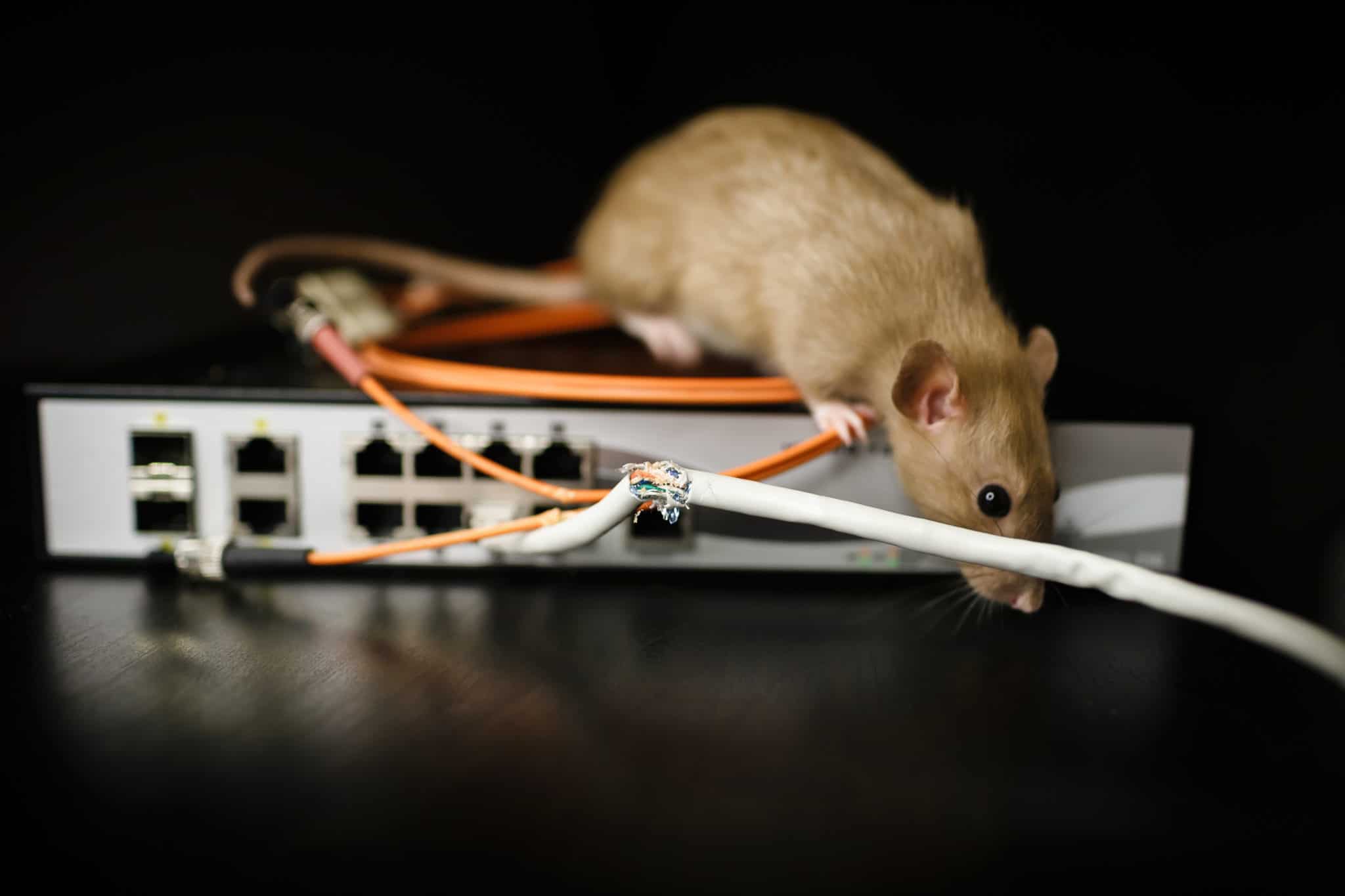 In their 2013 survey, the NPMA found that nearly one-third (29 percent) of their 2,000 participants had a rodent problem in their home. Since their teeth grow continuously throughout their life, rodents can gnaw unceasingly without wearing down their teeth. Thus, having rodents in the home can present serious property damage risks that, at their worst, are dangerous. Since rodents can chew through wood and electrical wires, their presence increases the risk of electrical fires.
In their 2013 survey, the NPMA found that nearly one-third (29 percent) of their 2,000 participants had a rodent problem in their home. Since their teeth grow continuously throughout their life, rodents can gnaw unceasingly without wearing down their teeth. Thus, having rodents in the home can present serious property damage risks that, at their worst, are dangerous. Since rodents can chew through wood and electrical wires, their presence increases the risk of electrical fires. -
Bats:
According to Bat Conversation International, almost three-fourths of the 47 bat speciesin the United States and Canada have been documented in structures. Many homeowners find bats unsettling. But beyond being startled by their squeaks and their rustling wings, homeowners fear how bats could harm them and their property. While most bats don’t carry rabies, they can carry bat bugs and histoplasmosis, a fungal infection that causes cold symptoms. Bat droppings and urine can present minor health risks and ruin insulation. It can also soak through sheet rock or particle board, which can cause damage.
With the prevalence of pests in American homes, many inspection clients expect home inspectors to report evidence of pests. In fact, many states require a pest inspection before a home loan can close.
“I started offering pest inspections so that my clients wouldn’t have to worry about finding someone [else] to do them,” said Anthony Cooper of Cooper Inspections, LLC in Ohio. “I [was] inspect[ing] all the areas that get inspected for a pest inspection already, [which made it an easy service to add on].”
2. They wanted an additional source of revenue.
After receiving training from an inspector that performed pest inspections, Gordon Glidden of Inland Lakes Inspection Services in Michigan decided it made sense financially for him to offer the service, too.
“I started offering pest inspections in 1998 when I started doing home inspections,” Glidden said. “It was an easy $75 to add on.”
According to HomeAdvisor, a digital marketplace for home services, inspectors typically charge $50 to $280 per pest or termite inspection. The exact cost depends on which services you offer, whether it’s a stand-alone service or combined with other inspections, and what price point you think is appropriate for your region and personal expertise.
Pest inspection investments.
Education & Licensing
While not all pest inspections require licensing, many states require home inspectors to receive certification, licensure, or both to inspect for termites or other wood destroying insects.
Depending on your locale, initial licensing or certification courses cost an average of $300 and can be obtained through third parties or the state. To maintain your license or certification, you will likely need to pay renewal fees and take regular continuing education courses. To learn about the pest inspection licensing and certification requirements in your state, visit your state government’s website.
Endorsements
An endorsement is a form that either modifies or adds coverage to your insurance policy. Most home inspection insurance policies exclude additional services like pest inspections. Thus, an insurance company will not offer coverage for those additional services without an endorsement. So, if you perform pest inspections or want defense and indemnity for claims involving pests, you may wish to change an existing policy exclusion with an endorsement.
Typically, insurers charge a flat, annual fee around $100 for a pest endorsement. However, some insurance policies offered by other providers may give you pest coverage before you even ask for it but with a sublimit.
Sublimits cap certain risks, usually additional services, defined in your insurance policy, which gives you less coverage per individual service. For example, a home inspector that purchases $1,000,000 / $1,000,000 in coverage with a $100,000 sublimit receives only $100,000 per claim and per policy period for pest-related issues. So, when choosing your coverage, you must be sure to take sublimits into account.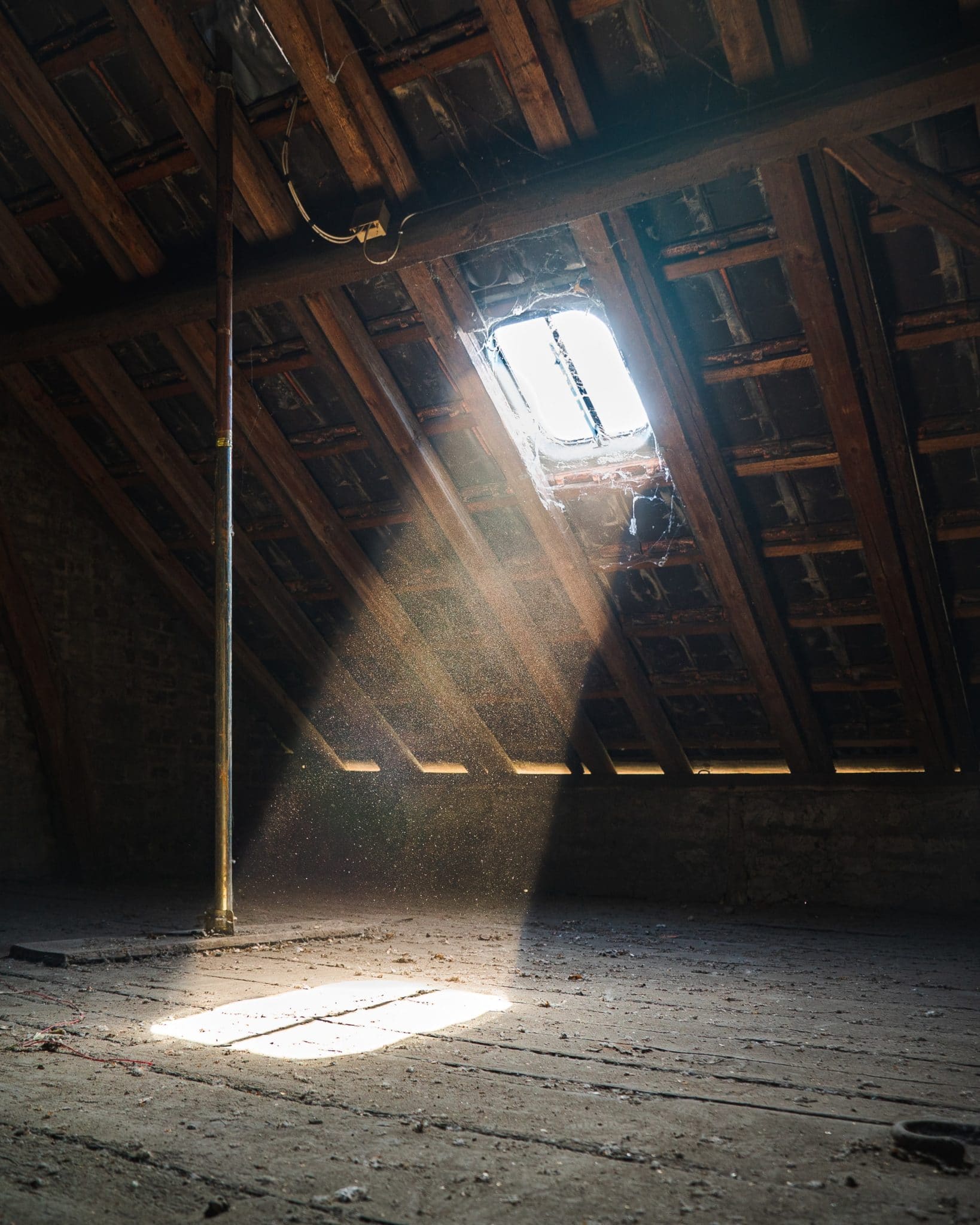
Limiting your liability against pest-related claims.
Pest claims are the seventh most common type of allegation in the home inspection industry. Carrying a pest endorsement is one of the most important things you can do to protect against pest-related claims. However, there are additional risk management techniques you can employ to safeguard your business. Here are some suggestions:
Set expectations.
“I mitigate risk by telling my customers the limitations of a pest inspection,” Glidden said.
Make sure your clients understand the limitations of your inspection and how they apply to household pests.
According to the ASHI Standard of Practice (SoP), home inspections are visual, non-invasive examinations of the home’s physical structures and systems. Because you can only inspect what you can see, you cannot account for anything hidden from view, such as things behind walls or below ground.
“The thing about pests that’s hard to deal with, is that they’re alive, so they move,” said Travis Hill of Premier Inspections in Texas. “And because pests move, they are not always visible at the time of the inspection.”
You can also help your clients have realistic expectations by referring them to national, state, and local standards. In many cases, such standards can act as one of your lines of defense.
William Chandler of Property 360 in Florida provides this example: “The Florida Department of Agriculture protects us,” Chandler said. “It basically says that we can’t see behind walls and, if there is no visible indication—the wall is not rippled, the paint’s not bubbled, the wood is not rotted—and these termites are in the wall because they came up through the middle of the house, we are not liable.”
Since termites, rodents and bats lead to the most claims, we strongly suggest addressing these types of pests in your pre-inspection agreement and reports. Explain what services you provide to discover these pests, if any.
For more information on setting expectations, read our article “How to Set Home Buyers’ Expectations” on our website.
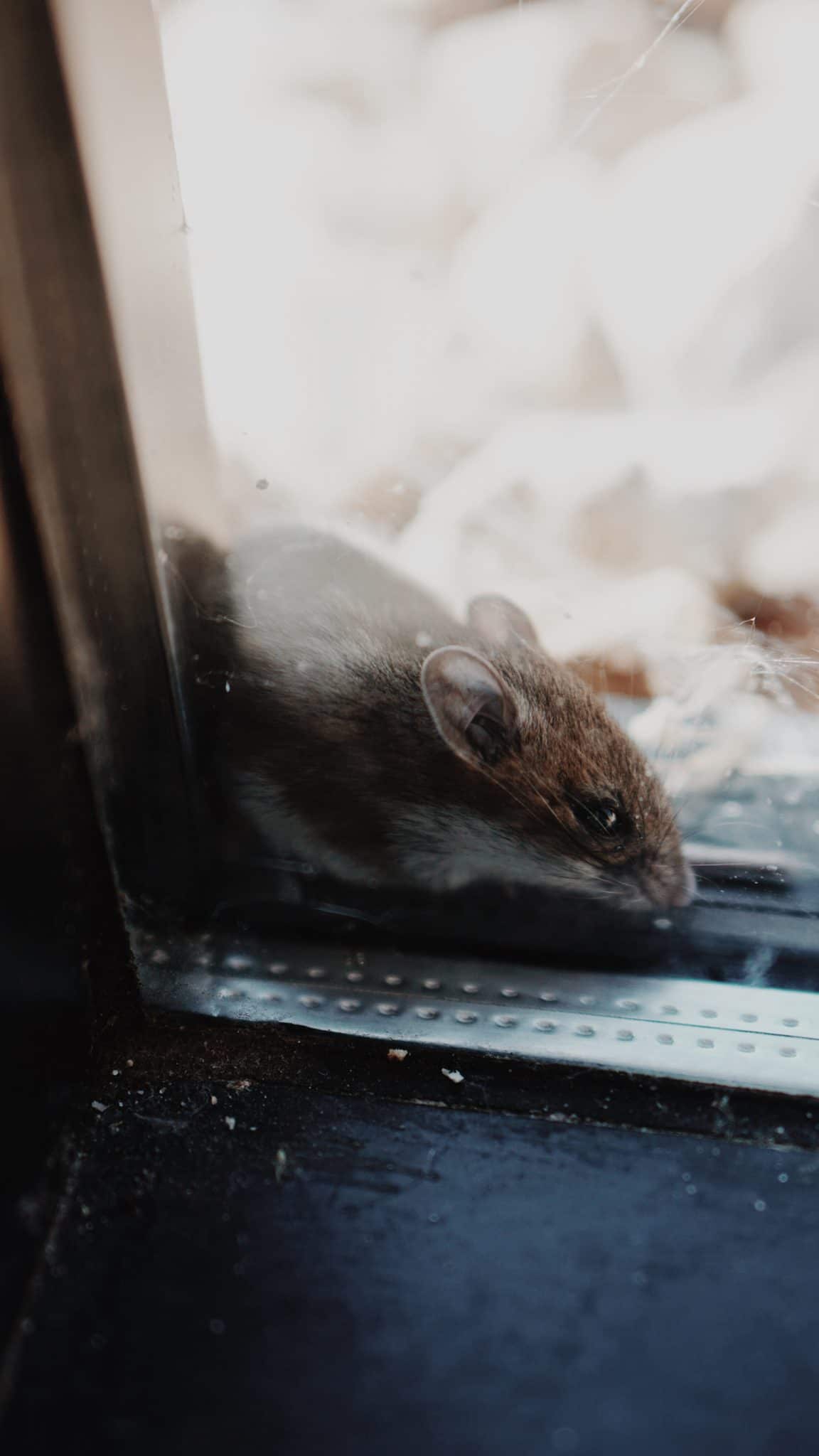 Provide exclusions.
Provide exclusions.
One of the ways to explain which pest inspections are and are not covered in your inspection is through exclusions.
Michael Patton of AA Home Inspection in Kentucky and Ohio provides a list of exclusions in both his pre-inspection agreement and his inspection report.
“In our agreement, we specifically state: We don’t do bats, we don’t do rats, we don’t do mice. And we don’t do structural pests unless it’s requested,” Patton said. “Then, we reiterate [the exclusions] in our inspection report.”
If you don’t perform pest inspections, it’s wise to include an advisement in your contract’s limitation of liabilities clause. To ensure that your clients read your exclusions, our claims team recommends making the advisement stand out with bold or colored font. It’s also smart to have your client initial any advisement to show that they agree to the terms.
To learn more about the limitation of liability clause, read our article, “Your Pre-Inspection Agreement: Limitation of Liability,” which was featured in the April 2020 ASHI Reporter.
Take pictures.
For Jim Troth of Habitation Investigation in Ohio, setting appropriate expectations and supporting those expectations in your report are essential risk management techniques.
“We’ve had one complaint about termites, but [the client] tore up the floor in the kitchen to find them,” Troth said. “That’s why it’s so important to put pictures in your report, to show what activity is going on [on the day of the inspection].”
Note that it’s important to take pictures of not just the defects but of the non-problem areas. Photographs of non-problem areas can exonerate you when issues arise post-inspection.
“Take your time, inspect everything closely, and take a lot of pictures,” Cooper said.
Inspect defensively.
When performing pest inspections, it’s important to perform to both national and regional standards. Inspecting beyond such standards without additional licensure may increase liability.
For example, in the state of Kentucky, the Department of Agriculture requires an additional license for each type of pest inspection. For instance, if you point out the presence of termites, you must have a termite license. Or, if you want to inspect for rodents, you must have a rodent license.
 “We never come out and say [clients] have bats in the attic, even though I’ve stared at them several times. I don’t hold the license for it, so, in Kentucky, I can’t say that I’ve seen it,” Patton said. “We say [there] appears to be a bat infestation and recommend further assessment by a pest control company.”
“We never come out and say [clients] have bats in the attic, even though I’ve stared at them several times. I don’t hold the license for it, so, in Kentucky, I can’t say that I’ve seen it,” Patton said. “We say [there] appears to be a bat infestation and recommend further assessment by a pest control company.”
Don’t provide remediation services.
After discovering pests during an inspection, do not perform remediation services yourself. Fixing problems you discovered during your inspection is a conflict of interest. Additionally, most home inspector insurance providers exclude pesticide application from their policies, which means you would not receive coverage for claims in which you treated for pests. Rather than providing remediation services yourself, refer your clients to licensed commercial applicators or other professionals.
Pest inspections and your home inspections.
Is there a lot of public interest in pest inspections in your area? Are you looking for additional revenue sources and job security for your inspection business? Do you want to be proactive in protecting your business against the seventh most common claim in the industry?
If you answered “yes” to any of these questions, perhaps it’s time for your company to offer pest inspections.
This article was published in the ASHI Reporter in April 2021. See how this story appears in print below.


